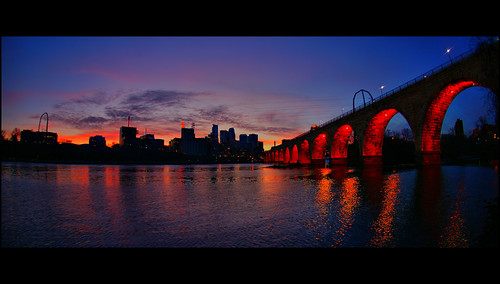
So is it a chick flick? I suppose if you look at Elizabeth Gilbert's memoir-turned-movie from Hollywood's perspective, the answer is yes. The movie version combines gorgeous scenery with a happy ending: divorced woman finds great food in Italy, a soul in India, and love in Bali.
But from a pilgrim's angle of vision, there's a broader message: receiving the hard grace of surrender. A self-acknowledged control freak, Liz easily lets her guard down around food. She even teaches her girth-conscious Swedish friend Sofie to delight in the fabled Italian cooking.
Liz is less able to surrender to prayer, and she struggles with the Geet, the hours- long prayer that ends the night and begins the day in her Indian ashram. Yet, as she gives up control over her schedule, her sleep, and her thoughts, she finds that she can live inside that prayer -- and it's a surprisingly crowded place.
Liz is least able to surrender to love. Yet, eventually she untethers her heart to fall in love with Felipe in Bali.
While its plot moves the movie into the genre of romantic comedy, or "rom-com," the
lesson is one we can all take to heart, at every age and any gender. The journey from control to surrender is itself a pilgrimage, one from isolation into greater community.
I've been musing on the connections between pilgrimage and surrender for some time. In part, I was prompted by Lisa's observation last September somewhere in mid-Camino: "Pilgrims are really pretty useless, aren't we...." She was right: we weren't producing anything, and we were receiving a lot. For two highly productive people, that was a real switch.
And in part, I'm spinning out work on a chapter Sonny Manuel and I wrote for Tom Plante's book "Contemplative Practices in Action" (Greenwood, 2010). We highlighted dimensions of suffering: denial, isolation, and the need for control; we probed remedial practices: lamentation, intercession, and pilgrimage, respectively. As we worked, we discovered that each of these practices not only solaces the one suffering, it invariably creates solidarity with others. For example, pilgrimage addresses the need for control by placing people on a journey where they move forward only by surrendering everything they do not need. Pilgrims depend on the kindness of strangers and the camaraderie of their fellow travelers. As they move forward, reaching the destination recedes behind the joy of being with one's fellow-travelers. Each of these practices reaches out: they have an outer impulse.
It's an important parallel to the movie: eating, praying, loving all have an outer impulse. They are highly social activities, in themselves and especially as they are depicted in the movie.
And to reach out, one has to let go -- or surrender. What gets left behind? Excess baggaage, spiritual and physical; possessions that have begun to possess us; scripts that we labored over -- and expected to live out.
Joy is the grace of surrender, giving us a script beyond our wildest imaginings.
And joy is the pleasure of communion: it's always social. What's finally significant about the movie is that each of Eating, praying, loving: all of these are finally about joy.


